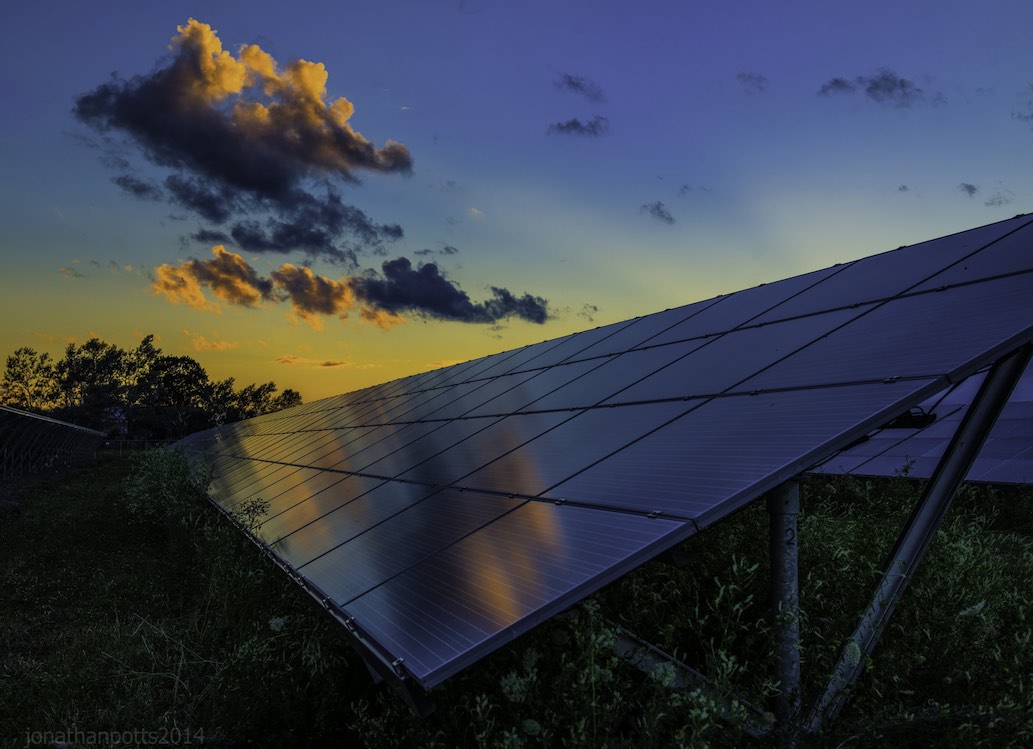
New Generating Capacity From Renewables Outpacing Natural Gas
- Energy, News
- energy infrastructure, energy update, Featured, FERC, new generating capacity, renewable energy
- May 6, 2016
The first quarter of 2016 is one of lopsided records. First there are the monthly temperature records, with February the most unusually warm on record followed by March, with yet a new record deviation. In the midst of these increasingly worrisome records is another, offering hope that the response to these changing climate patterns is underway.
The latest “Energy Infrastructure Update” report just released by the Federal Energy Regulatory Commission (FERC) Office of Energy Projects shows a quarterly record for new US electrical generating capacity from renewables. According to the FERC report, renewable energy sources outstripped natural gas for new capacity brought online in the first three month of 2016 by a factor of 70:1.
Gas, swamped
In total, renewable sources provided 1,291 megawatts (MW) of new generating capacity in the first quarter 2016, while natural gas contributed only 18 MW. No new capacity came from coal, oil or nuclear.
Nine new “units” of wind power provided 707 MW, followed by 44 units of solar for 522 MW, 33 MW from biomass and 29 MW from hydropower. Two new units of natural gas provided the final 18 MW of new capacity for the quarter. In January, solar and wind were the only new sources capacity. In march 100 percent of new capacity came from wind, solar and biomass.
Renewables growing share
Renewable energy sources now account for 18.11 percent of the total available installed U.S. generating capacity. Contrast that to FERC’s first Energy Infrastructure Update report released in December of 2010, when renewable installed capacity stood at just 13.71 percent.
Of the 18.11 percent now available, hydro provides 8.58 percent, wind 6.39 percent, biomass contributes 1.43 percent, solar 1.38 percent and geothermal steam 0.33 percent. The share of non-hydro renewables is now 9.53 percent of total capacity, exceeding that of conventional hydro (8.58%), nuclear (9.17%) or oil (3.83%).
This accelerating trend underscores a tendency among some government forecasters to underestimate the growth of renewable energy.
“While often touted as being a ‘bridge fuel,’ natural gas is increasingly becoming an unnecessary bridge to nowhere,” noted Ken Bossong, Executive Director of the SUN DAY Campaign. “As renewables continue to rapidly expand their share of the nation’s electrical generation, it’s becoming clear that natural gas will eventually join coal, oil, and nuclear power as fuels of the past.”
* Note that generating capacity is not the same as actual generation. Electrical production per MW of available capacity (i.e., capacity factor) for renewables is often lower than that for fossil fuels and nuclear power.
According to the most recent data provided by the U.S. Energy Information Administration, actual net electrical generation from utility-scale renewable energy sources totaled about 14.3 percent of total U.S. electrical production as of January 31, 2016
However, this figure understates renewables’ actual contribution because neither EIA nor FERC fully accounts for all electricity generated by distributed, smaller-scale renewable energy sources such as rooftop solar (e.g., FERC acknowledges that its data just reflect “plants with nameplate capacity of 1 MW or greater”).
The SUN DAY Campaign is a non-profit research and educational organization founded in 1992 to aggressively promote sustainable energy technologies as cost-effective alternatives to nuclear power and fossil fuels.
This post first published in our blog GlobalWarmingisReal.com
Image credit: Sandia Labs, courtesy flickr





